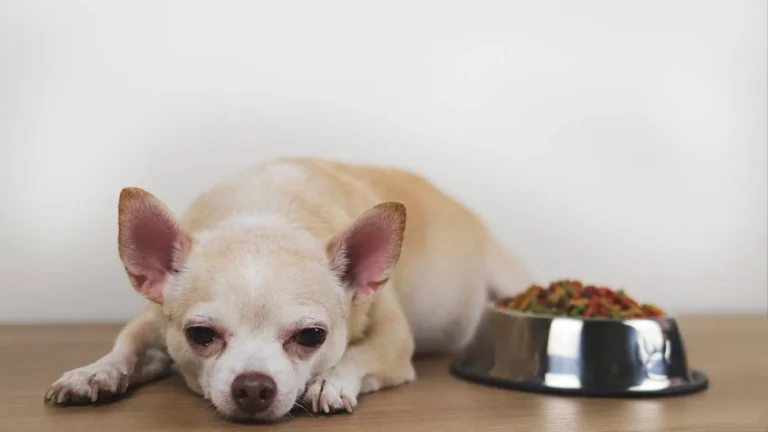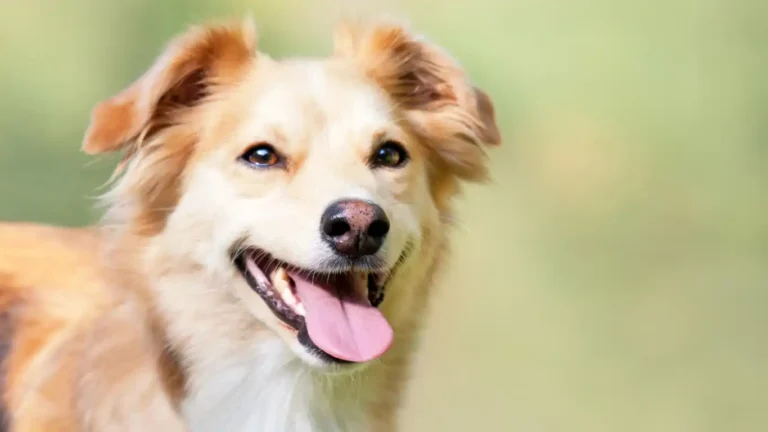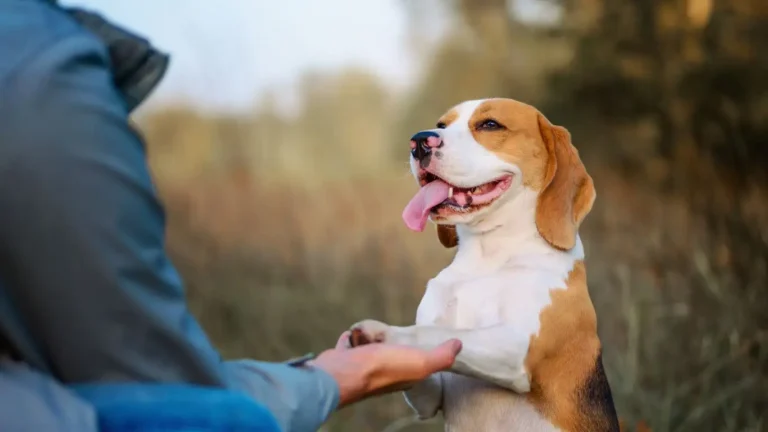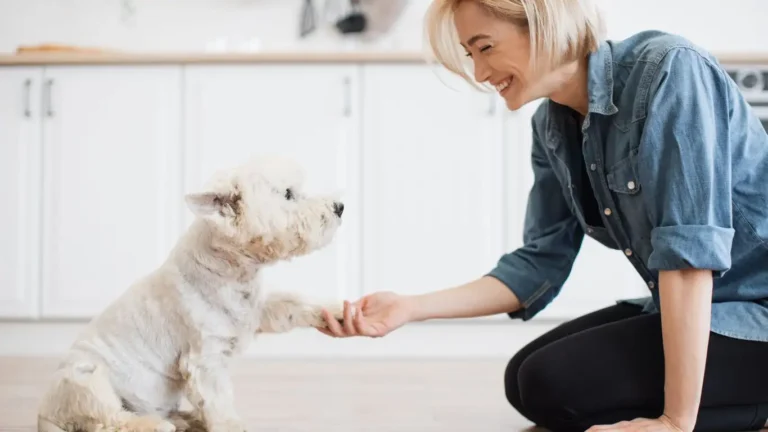Proven Tips to Train Your Dog to Resist Food on the Ground Fast
If you’re anything like me, you’ve probably had that heart-pounding moment when your dog snatches something off the sidewalk faster than you can say “leave it.” Whether it’s a chicken bone, gum, or who-knows-what mystery meat, it’s scary. As a Canine-Assisted Therapy Trainer, one of the most common questions I get is how to train a dog to resist food on the ground. It’s not just about obedience — it’s about safety, trust, and creating a solid communication line between you and your pup. So, let’s dive into some real-life, paws-on-the-ground strategies that actually work. No fluff, no gimmicks, just real training insights that I’ve used with therapy dogs and family pets alike.
Why Dogs Are Drawn to Food on the Ground
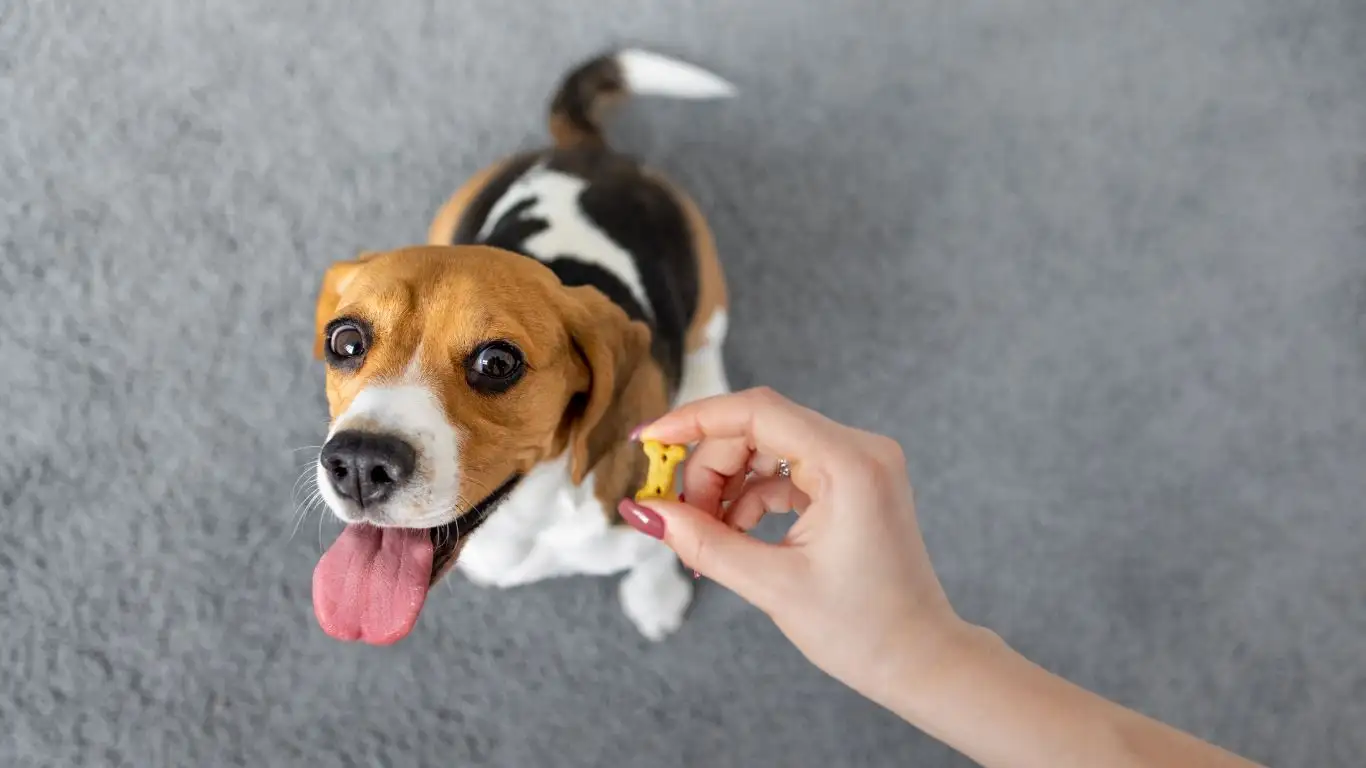
The Scavenger Instinct is Real
Dogs are natural scavengers — always have been. It’s hardwired into their DNA. While your pup might be enjoying gourmet kibble at home, that half-eaten burrito on the sidewalk still smells like treasure. From my experience training therapy dogs, even the calmest, most disciplined pup can get tempted when those survival instincts kick in.
Reinforcement Through Success
Here’s the kicker: if your dog has ever scored a tasty sidewalk snack and nothing bad happened, that memory sticks. Success reinforces the behavior. It’s kind of like us sneaking a cookie and not gaining a pound — we’ll probably do it again, right?
The Human Factor
We often accidentally reward the wrong behavior. I’ve seen owners yell or panic when their dog grabs food, which turns the whole moment into a high-stakes game. For some dogs, that adrenaline rush becomes part of the fun. Others get anxious and confused, which isn’t great for learning.
How to Train a Dog to Resist Food on the Ground

Start with a Strong Foundation
If your dog doesn’t already know the basics — sit, stay, leave it — that’s where you’ve got to start. I always recommend building up these skills at home in a low-distraction environment. With my therapy dogs, I begin practicing “leave it” with boring items like socks or paper before moving on to tastier things.
Practice the “Leave It” Command
Here’s how I introduce “leave it” with food:
- Hold a treat in a closed hand and let your dog sniff it.
- Wait until they back off — even slightly — and say “Leave it”, then give them a better treat from your other hand.
- Repeat this over several short sessions. You’re rewarding self-control, not obedience to the word just yet.
- Once they’ve mastered this, start dropping treats on the floor and practicing the same principle.
Pro Tip: Always reward with something better than what they’re resisting. This teaches them that listening pays off.
Train for the Real World
In real-world scenarios, distractions are everywhere. So once your dog has the basics down indoors, you need to generalize the behavior. I’ll often take my dogs to different locations — parks, sidewalks, vet clinic parking lots — and practice “leave it” with different types of food scattered around. Yes, it’s messy, but it works.
- Use high-value rewards for resisting high-value temptations.
- Keep your training sessions short, fun, and successful.
- End on a win — always.
What to Do When They Make a Mistake
Mistakes happen. Even well-trained dogs will mess up. The key is not to lose your cool. I remember one of my therapy trainees, a sweet Labrador named Bella, who snatched a doughnut during a street walk. I didn’t scold her — I simply marked the behavior with a calm “uh-uh,” redirected her with a “leave it” and restarted the exercise.
Dogs don’t learn from punishment — they learn from repetition and clarity. Bella never grabbed another street snack after that because we worked consistently afterward with clear, non-emotional corrections.
Using Management to Prevent Bad Habits
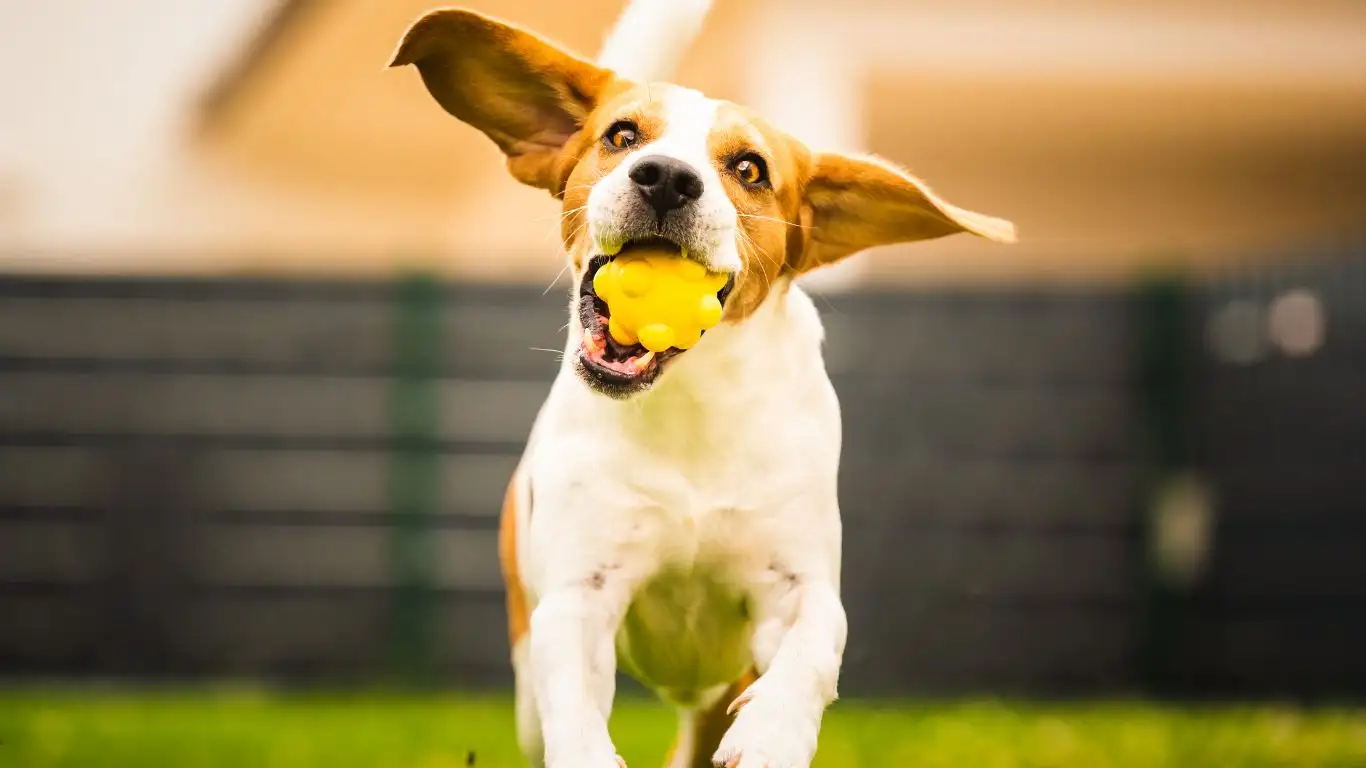
Leashes, Muzzles, and Focus
While you’re in training mode, it’s okay to use tools. A short leash gives you control. A well-fitted basket muzzle can be a temporary safety tool for chronic snackers — especially if you’re walking in high-risk areas. I’ve had clients feel embarrassed about using one, but let me tell you: it’s better than an emergency vet visit because your dog ate something toxic.
Teach an “Eyes on Me” Cue
This is one of my favorite focus games:
- Say your dog’s name.
- When they look at you, mark it with “yes!” and reward.
- Build up to longer eye contact before giving the treat.
Over time, this becomes their go-to behavior when they’re unsure. Instead of diving for food, they’ll look at you first. That’s gold.
Building Long-Term Impulse Control
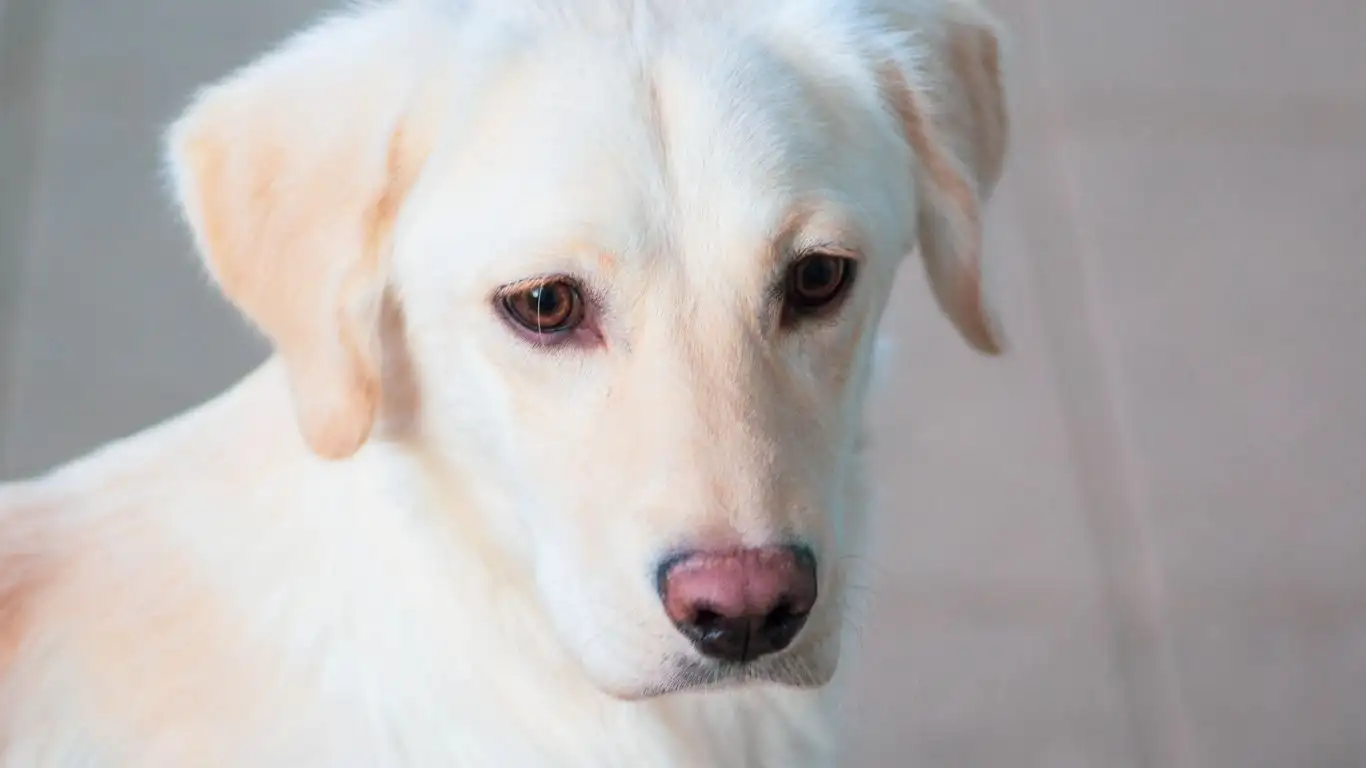
Impulse Control Isn’t Just About Food
Here’s the thing — teaching a dog how to train a dog to resist food on the ground isn’t just about that one scenario. It’s about building overall impulse control. That’s the deeper win. I’ve worked with dogs who couldn’t even sit still for a treat at first, and within weeks, they were calmly ignoring a plate of bacon on the floor. No joke.
Impulse control is like a muscle. You’ve gotta flex it regularly for it to grow. The more your dog learns to pause and check in with you instead of diving in mouth-first, the more confident and well-rounded they become — especially for therapy work or public outings.
Games That Reinforce Self-Control
Some of my go-to impulse control games include:
- It’s Your Choice: Hold treats in your open palm. When your dog doesn’t dive for them, then you offer one. They learn that polite behavior gets the goods.
- Wait at the Door: Teach them to pause before exiting. It’s not food-related, but it reinforces the same self-control muscle.
- Food Zen: Place food on the ground, cover with your hand. If they don’t try to take it, they win a better treat. If they do try, calmly reset. No drama.
It’s kind of magical watching the wheels turn in a dog’s head when they start to realize, “Oh… waiting gets me more stuff.” That’s when you know you’re getting through.
Real-Life Scenarios & How to Handle Them
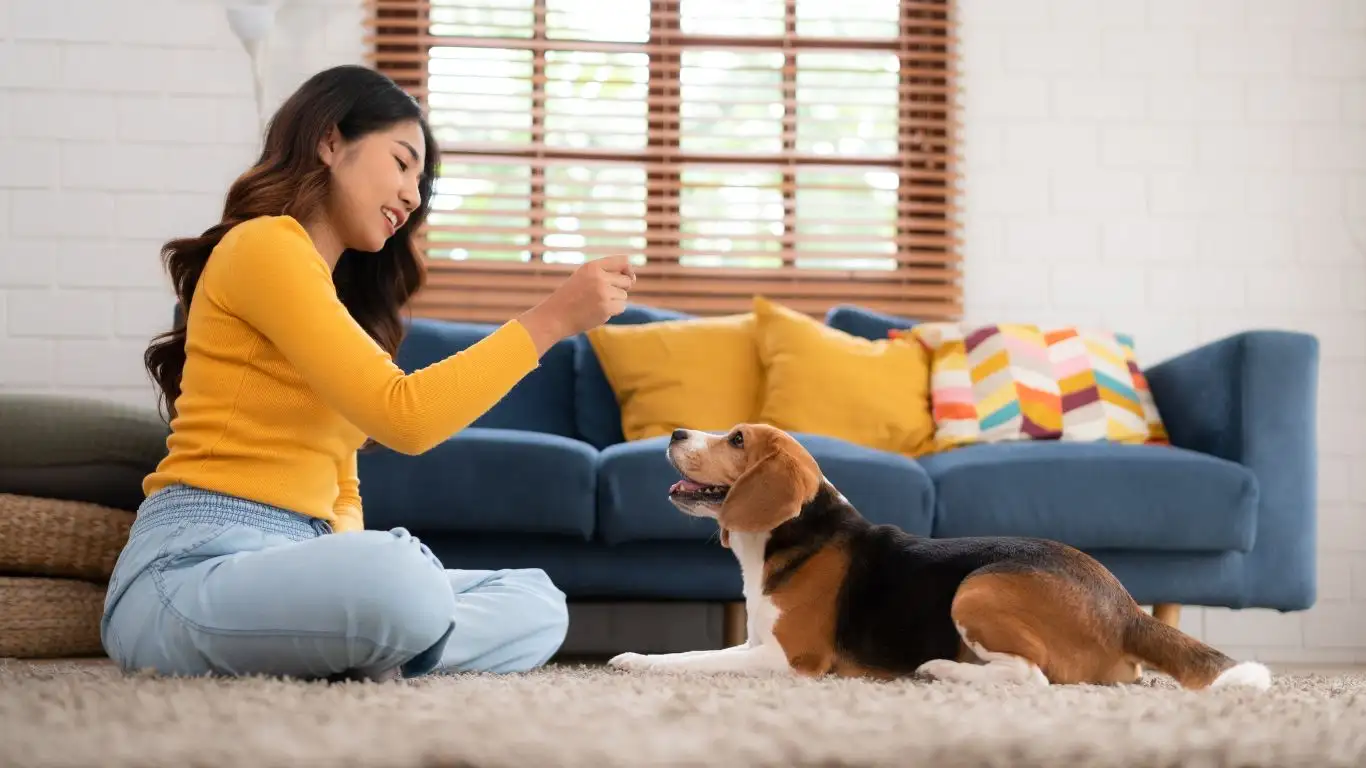
Walking Through Food-Rich Areas
If you live in an urban area like I do, you know the streets are basically a buffet of hazards. From sandwich crusts to spilled fast food, I’ve seen it all. One of the techniques I use with therapy dogs-in-training is what I call “the food sweep.”
Before walking a new block, I scan ahead for any food. If I see something, I use it as a training opportunity. I’ll slow down, tighten my leash slightly for better control, and say, “Let’s go!” in a cheerful tone, guiding the dog past the distraction. If they ignore the food, praise party. If they falter, I gently redirect and keep moving. Consistency wins.
Unexpected Drops at Home
This one hits close to home. I once dropped an entire slice of pepperoni pizza in front of my Golden Retriever during a family dinner. You’d think it was game over, right? But because we’d practiced so much “leave it” and impulse work, he froze, looked at me, and waited. That, my friend, is the result of daily reps and real communication.
If this happens with your dog and they grab the food — don’t panic. Avoid yelling. Just calmly lead them away and reset. Then, when you’ve got a second, recreate the scenario (minus the actual pizza) and train through it.
What to Do in High-Risk Environments
There are places where the food risk is constant — think farmers markets, outdoor festivals, or busy sidewalks after lunch hour. In these cases, I often train a “let’s go” or “with me” cue that tells the dog to stick close and move forward without stopping. This gives your dog a job and shifts their focus to you, which is key.
Advanced “Leave It” Training Techniques
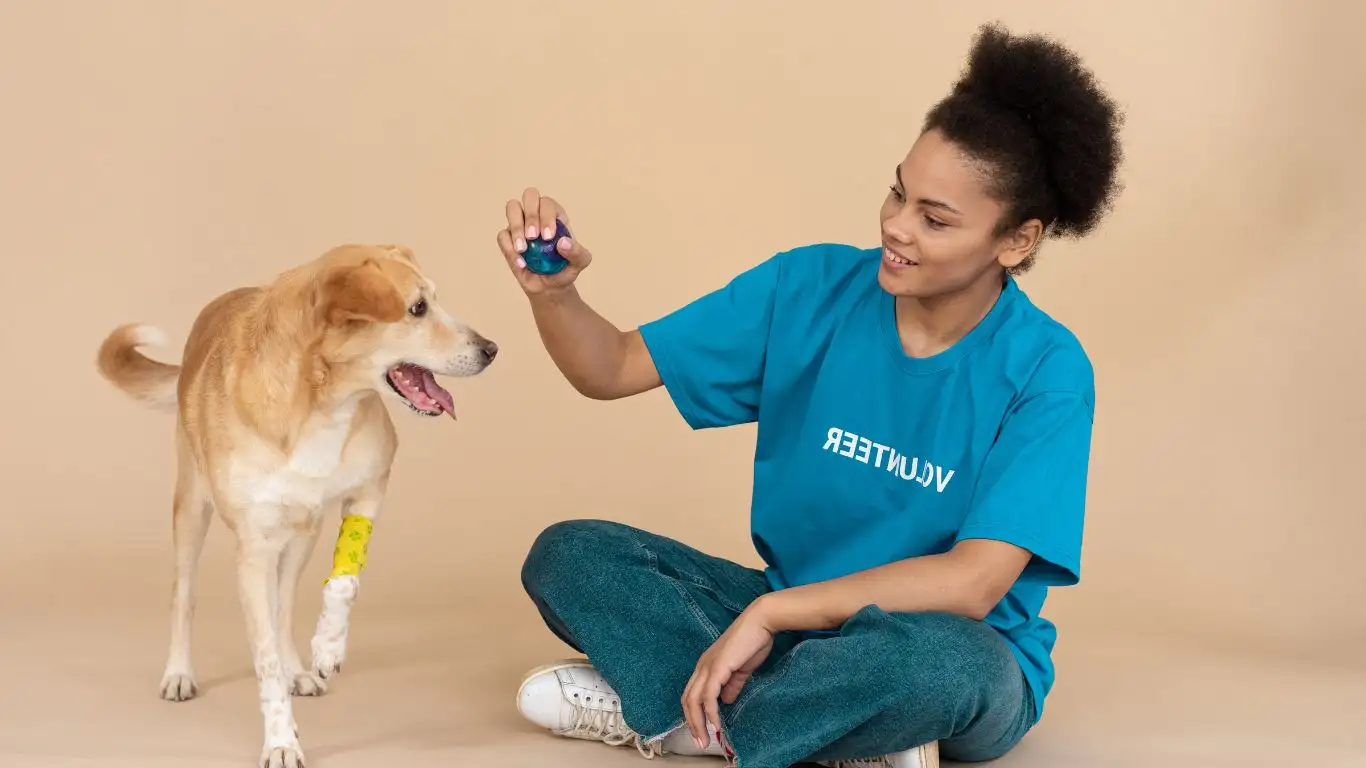
Practicing with Increasing Temptations
Once your dog nails “leave it” in basic settings, it’s time to turn up the dial. I use a progression model in training — we start with boring kibble, then move to something better (like cheese), and eventually practice with real-world temptations like dropped fries or meat.
Here’s a structure I use during sessions:
- Place tempting food under a mesh colander so the dog can see and smell but not reach it.
- Walk them past while cuing “leave it.” Reward when they ignore it or look at you.
- Slowly remove the barrier and increase their access — but only reward when they resist.
This type of layered approach builds incredible control without stress or confusion.
Working with a Professional Trainer
Let’s be real: not every dog learns at the same pace. Some pick it up in days, others take weeks or months. If you’re struggling, there’s no shame in reaching out to a professional. As a Canine-Assisted Therapy Trainer, I’ve had clients come in thinking their dogs were “bad” or “stubborn” — but usually, the dog just needed clearer guidance and consistency.
Trainers can help you troubleshoot subtle issues like timing, tone, or body language. Often, small tweaks make all the difference.
Consistency Over Perfection
Every dog is a little different. What matters more than perfect execution is daily effort. Even just 5 minutes of practice a day can transform your dog’s impulse control over time.
One of my long-term clients, a rescue Shepherd named Luna, went from lunging at trash on walks to calmly strolling past chicken bones without even blinking. Her owners were consistent — they practiced, they stayed patient, and most importantly, they trusted the process.
Maintaining Success in the Long Run
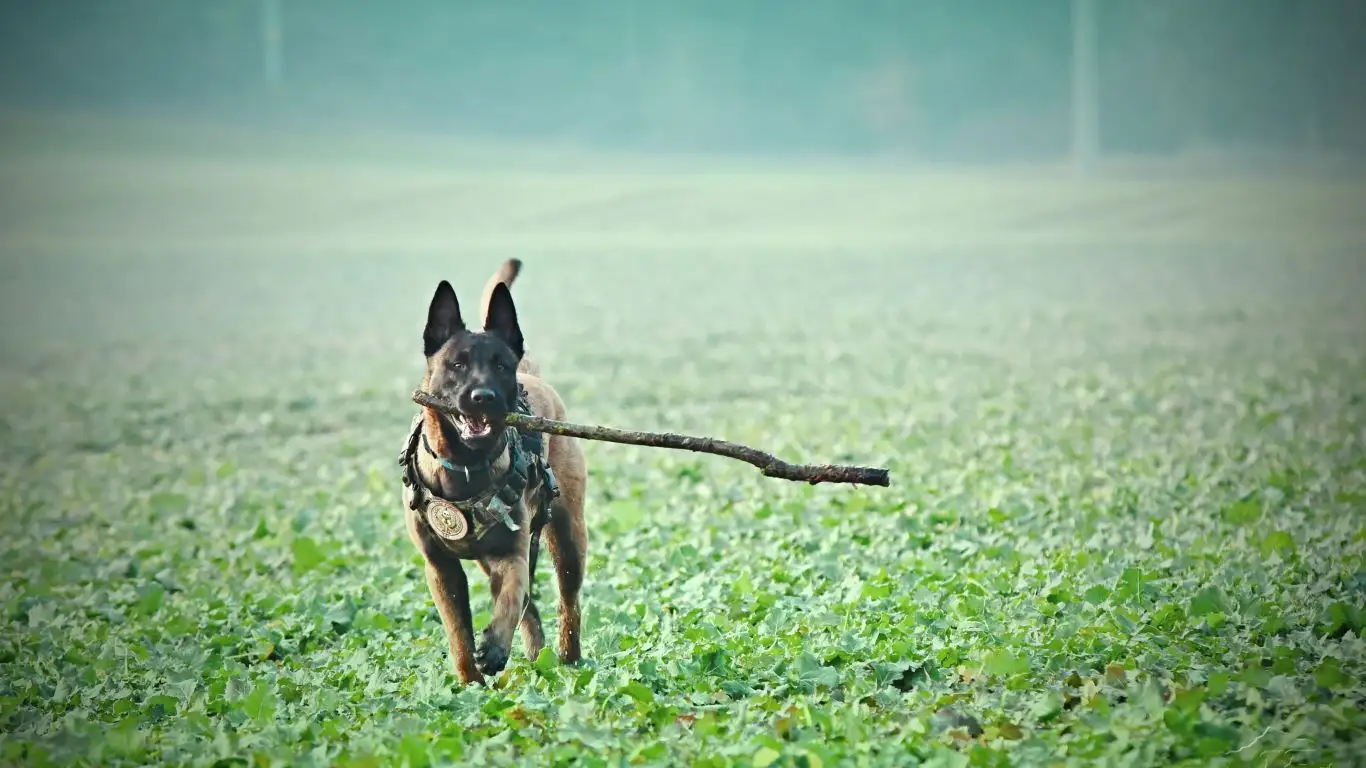
Why Consistency Beats Intensity
By now, you’ve put in the groundwork. You’ve taught “leave it,” managed your dog’s environment, and built impulse control like a champ. But here’s where a lot of folks — even well-meaning dog parents — start to lose momentum. They assume the job is done. But training isn’t a one-and-done thing, especially when it comes to something as tempting as food on the ground.
I’ve had long-term clients ask me, “Tarra, how long do I need to keep practicing this stuff?” My answer? Always. It becomes part of your routine — like brushing your teeth. You don’t stop just because your breath was fresh yesterday, right?
That daily reinforcement keeps your dog’s response sharp. Even with my seasoned therapy dogs, I’ll throw in random “leave it” cues during walks just to keep the skill alive. Dogs thrive on routine, and those mini refreshers matter more than you think.
Mixing Up the Environment
Dogs are contextual learners. They might nail “leave it” at home but totally bomb the cue at the beach or grandma’s house. That’s not defiance — that’s just how their brains work. You’ve got to generalize the behavior across multiple places, smells, and scenarios.
- Practice at parks, on city streets, near outdoor cafés.
- Drop different types of food — fruit, meat, bread — so your dog doesn’t only learn to ignore one thing.
- Work at different times of day and around different distractions.
One of my clients brought their dog to a food truck festival as a training challenge — and crushed it. But it took weeks of gradually building up exposure first. You can’t expect a perfect performance without putting in the reps.
Addressing Special Cases
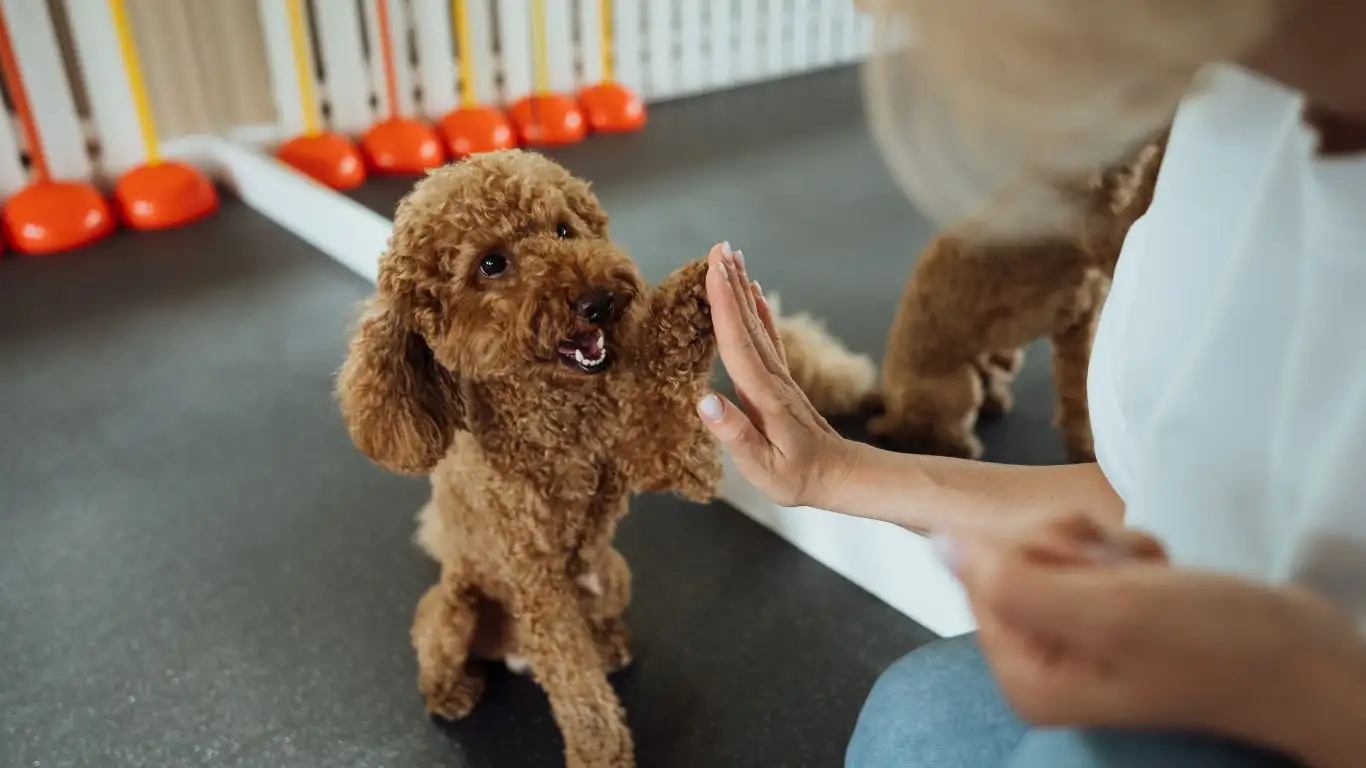
For Rescue Dogs or Those with Food Insecurity
Some dogs come with a backstory. I’ve worked with rescues who were street dogs or came from shelters where food was scarce. Asking those dogs to resist food is like asking someone who’s been hungry to ignore a free buffet. It takes extra empathy and patience.
With these pups, I use positive reinforcement at a slower pace. I might feed them their meals during training sessions, turning food into a reward for ignoring lower-value scraps. Over time, they start to relax and trust that food will always come from you, not from the ground.
For Puppies and Senior Dogs
Puppies are sponges — they soak up everything, including bad habits. So starting early is key. Keep sessions short and light. Use lots of praise, and don’t expect perfection.
On the flip side, senior dogs may have ingrained habits. You absolutely can teach an old dog new tricks — I’ve done it dozens of times — but it might take longer and require more patience. Focus on progress, not perfection.
When to Use Management Tools
If your dog is really struggling, don’t be afraid to use tools like a basket muzzle or gentle leader. They’re not punishments — they’re safety nets. A client of mine with a beagle (the world’s most determined food scavenger) used a muzzle for several months while training. Eventually, the dog didn’t need it at all, but in the meantime, it prevented a dozen potential vet visits.
Training Is a Relationship, Not a Checklist
The Bond You Build Matters Most
One of the biggest lessons I’ve learned through training — especially with therapy dogs — is that trust is the foundation. Your dog needs to believe that checking in with you is always worth it. That takes consistency, clear communication, and lots of moments where you celebrate the small wins together.
When you approach this work with patience, humor, and a light heart, your dog feels it. I’ve seen it again and again: dogs who once lunged at food become calm, focused companions because their person showed up every day, stayed calm through setbacks, and made training a team effort.
Celebrating the Wins
Don’t forget to celebrate! If your dog walks past a burger on the sidewalk and doesn’t even blink — that’s huge! Throw a party. Shower them with praise. Those moments are the real milestones, and they deserve some serious tail wags.
References
Disclaimer
This article is based on my experience as a Canine-Assisted Therapy Trainer and is intended for informational purposes only. Every dog is unique, and individual results may vary. If your dog displays aggressive behavior or has a history of food-related issues, consult with a certified professional dog trainer or veterinarian before beginning any new training regimen.
